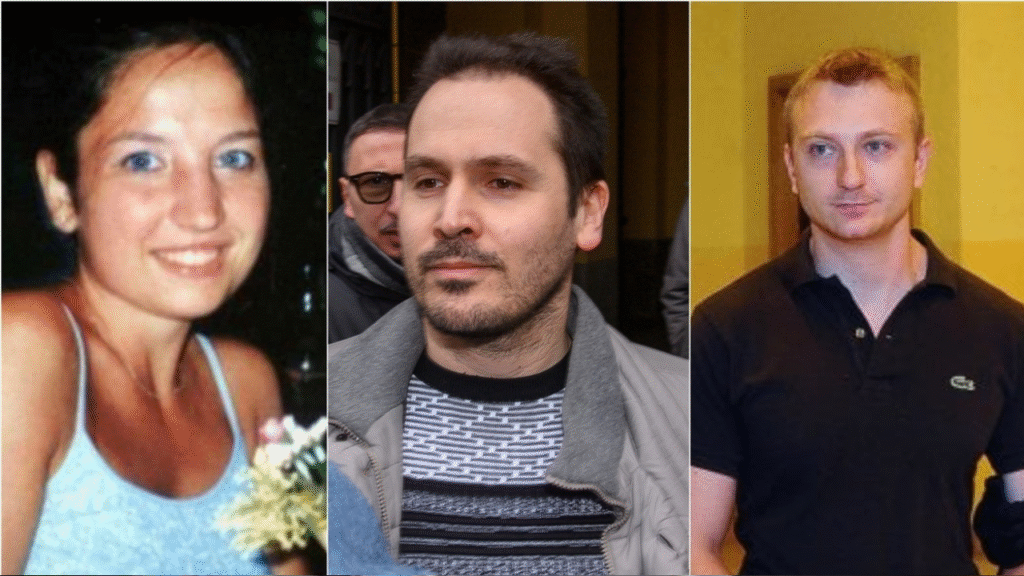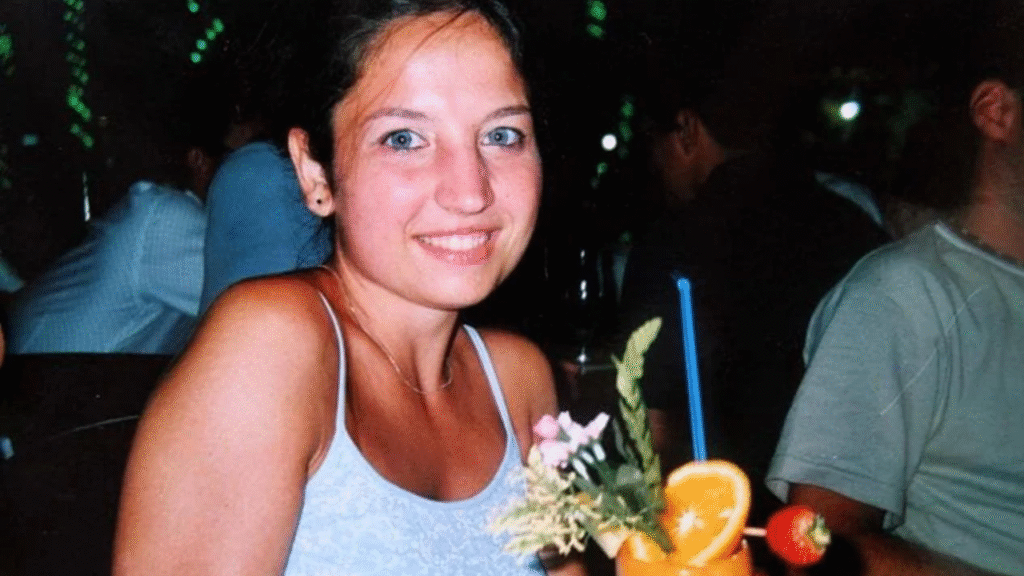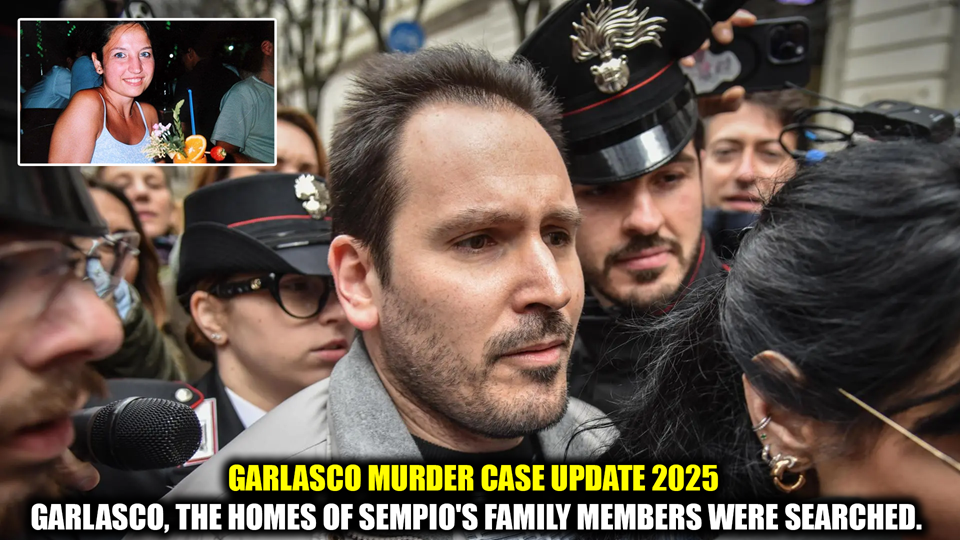The word “Garlasco” is back in headlines, stirring memories of one of Italy’s most haunting true crime cases. The 2007 murder of Chiara Poggi in her Garlasco home shocked the nation, led to years of trials, and resulted in the conviction of her boyfriend, Alberto Stasi. Yet today, almost two decades later, the case has resurfaced with new forensic evidence, DNA revelations, and corruption allegations against a former prosecutor. This combination has turned Garlasco from a closed chapter into an open wound once more.
This article explores why Garlasco is trending, the new twists shaking public trust, and what these developments could mean for justice.

The Original Garlasco Case: A Quick Recap
In August 2007, 26-year-old Chiara Poggi was found brutally murdered in her home in Garlasco, a quiet town in Lombardy. The scene was grim: blunt force trauma, suspicious details, and an absence of clear forensic links.
Her boyfriend, Alberto Stasi, immediately came under suspicion. Despite conflicting evidence, appeals, and retrials, Stasi was convicted in 2015 and sentenced to 16 years in prison. For many Italians, the verdict brought closure, but controversy lingered. Doubts about the investigation and claims of overlooked suspects kept the case alive in the background.
Why Garlasco Is Trending Again
Nearly 18 years later, new evidence and shocking accusations have thrust Garlasco back into public conversation. Several key developments explain the renewed spotlight.
H2: Fresh DNA Evidence
Recent forensic tests revealed unknown DNA on gauze used during the investigation. Experts argue this could suggest contamination — or point to the presence of someone previously ignored. This revelation is reigniting speculation about whether authorities missed a crucial lead.
H2: Corruption Allegations Against Prosecutor
Former Pavia prosecutor Mario Venditti, who once handled the case, is under investigation for corruption in judicial acts. Allegations claim he accepted money to downplay or dismiss evidence against Andrea Sempio, a family friend of Chiara. The idea that a prosecutor may have influenced outcomes has rattled Italy’s judicial system.
H2: Renewed Investigations and Raids
Authorities have searched the homes of Sempio’s relatives, looking for evidence of illicit financial flows and possible links to suppressed testimony. The reopening of these investigations suggests law enforcement now suspects deliberate manipulation of the case.
Real-Life Example: A Case of Suppressed Truth?
The Garlasco revival mirrors other international cases where corruption or mishandling distorted justice. Consider the Meredith Kercher case in Perugia, where conflicting DNA reports and botched investigations created global controversy. In both instances, questions of credibility and competence overshadowed the pursuit of truth.
For Italians, Garlasco feels deeply personal. Many see it as more than a crime story — it’s a test of whether justice can survive human error, bias, or corruption.
Strategies to Understand the Revival of Garlasco
When following the Garlasco story, it helps to break down the narrative into strategies for comprehension:
H3: Follow the Forensic Trail
Pay attention to new scientific findings. DNA analysis, once limited, is now more advanced. Fresh results may reveal what past investigators overlooked.
H3: Scrutinize Judicial Integrity
Watch how prosecutors, lawyers, and judges respond to corruption allegations. The system’s reaction is as revealing as the evidence itself.
H3: Consider Media Narratives
Media framing often shapes public opinion. In 2007, Stasi was vilified early, and many believe this influenced proceedings. The current narrative focuses more on potential systemic failure.
H3: Learn From Comparative Cases
Looking at other wrongful convictions or reopened cases worldwide can provide context. From the U.S. Innocence Project cases to Italy’s own Perugia saga, Garlasco fits into a larger pattern of justice delayed.
Tips for Readers Following the Case
- Stay updated through reliable Italian and international outlets.
- Question first reports — trending news often exaggerates.
- Separate facts from speculation; not all claims of corruption hold weight.
- Track legal documents; official filings provide clearer insights than rumors.
The Larger Significance of Garlasco
The revival of the Garlasco case is more than just a true crime obsession. It exposes weaknesses in the legal system, challenges public trust in prosecutors, and shows how forensic science can rewrite history years later.
In a world where justice often feels final, Garlasco demonstrates that cases can return with more complexity than before. For Chiara Poggi’s family, this reopening is both painful and necessary — a reminder that truth deserves persistence.
FAQs About the Garlasco Case
Q1: Why is Garlasco trending in 2025?
Because new DNA evidence and corruption allegations against a former prosecutor have reopened the infamous 2007 murder case.
Q2: Who was convicted in the original Garlasco case?
Chiara Poggi’s boyfriend, Alberto Stasi, was convicted in 2015 and sentenced to 16 years in prison.
Q3: What role does DNA evidence play in the revival?
Recent forensic analysis found unknown DNA on gauze from the investigation, suggesting contamination or overlooked suspects.
Q4: Who is Mario Venditti, and why is he under investigation?
He is a former Pavia prosecutor accused of corruption in judicial acts related to the Garlasco investigation.
Q5: Could this change the outcome of the original trial?
If evidence proves mishandling or corruption, it could open the door to appeals, retrials, or new suspects being pursued.

Conclusion
The Garlasco case proves that justice is never truly final. With DNA discoveries, corruption charges, and renewed investigations, what once seemed closed is now wide open. For Italy, this is not just about one tragic crime — it is about whether the system can admit mistakes and seek truth after years of silence.
As Garlasco resurfaces, it reminds us that justice delayed does not have to mean justice denied. The path forward will be difficult, but Chiara Poggi’s memory deserves nothing less than clarity and honesty.





